7 Customer Satisfaction Metrics You Need to Track in 2022
Customer satisfaction metrics have been around since long before many of us were born, and they’ll continue to be important in business in the years to come. Though the ways we think about customer satisfaction are changing, there are still certain KPIs that every business needs to track in order to provide excellent customer service. Here are seven key customer satisfaction metrics you need to track in 2022 if you want your customers to stick around…and they may even tell their friends about you!
1) Customer Service Satisfaction (CSS)
How do you know if your customers are satisfied? Start by looking at customer service satisfaction ratings. It’s a solid indication of how much customers value their experience working with your company—and it may be more important than you think. According to experts, customer service satisfaction is a stronger indicator of success than annual revenue growth or average product life cycle. Whatever metric you use, customer service satisfaction is a vital piece of information for every business owner and should be included in any strategy moving forward.
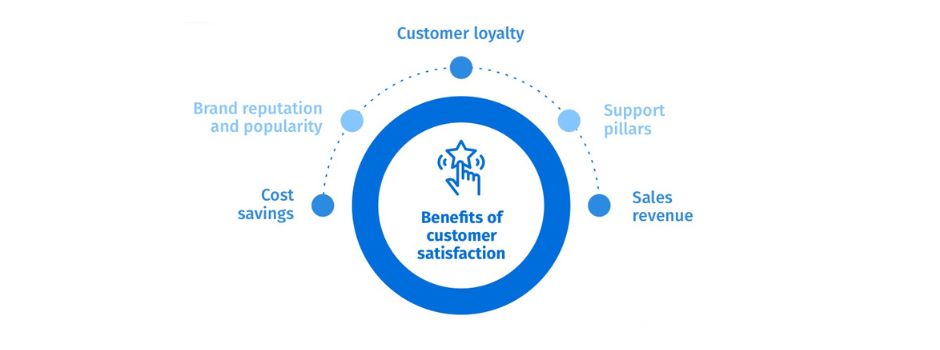
2) Customer Satisfaction Score (CSAT)
Many marketers know that a customer satisfaction score is something they should be tracking. But many are still asking, what should my Customer Satisfaction Score be? In the coming years, customer satisfaction scores will take center stage as they become an essential measurement in marketing and business development efforts. The goal of CSAT is to give consumers an outlet for their complaints and good feedback by helping them fix problems quickly before customer loyalty is jeopardized. It’s important for every marketer to know what a good CSAT score is for their brand, but there isn’t one universal number that works for every company. No matter what your goals or target demographics are, it’s important to have a customer satisfaction metric that shows how well you’re meeting your customers’ needs over time. If you really want to please your customers, track these 4 customer satisfaction metrics:
- Average response time for customer queries (2 minutes tops)
- After sales support after product purchase (12 months)
- How often do customers come back? (Within 12 months)
- How do your customers rate their loyalty toward your brand?
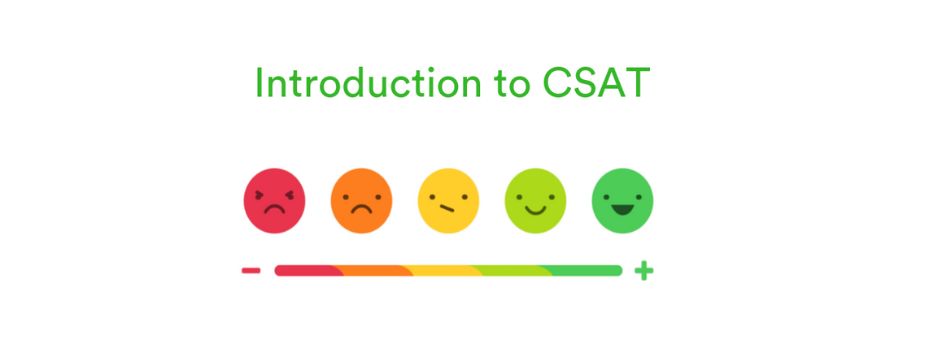
3) Net Promoter Score (NPS)
Net Promoter Score (NPS) measures loyalty by asking your customers if they would suggest your brand to their friends and family. It is calculated based on replies to the questions like – Given your overall experience with our business, how likely are you to suggest our products and services to family, friends, and colleagues?
Based on the response, the following customer kinds are classified:
- Detractors: Customers who rated you between 0 and 6 come under this group. They are not loyal and are prone to spread the unfavorable word about your brand.
- Promoters: These are your most loyal consumers who gave you a rating of 9 or 10. They actively promote the word about your company to their friends and relatives.
- Passives: Customers who rated you between 7-8 will fall into this group. Passives are in the middle of the two types. They will not enthusiastically advocate your brand to others, but they will not discourage their friends and coworkers.
To calculate your NPS, just subtract the percentage of detractors from the percentage of promoters. Your NPS will range from -100 to 100, based on how your consumers perceive your brand and how loyal they are to it. While NPS tells you where you stand, it does not explain why you got that score. You may accomplish this by adding a question following the NPS inquiry and further exploring it with your consumers.
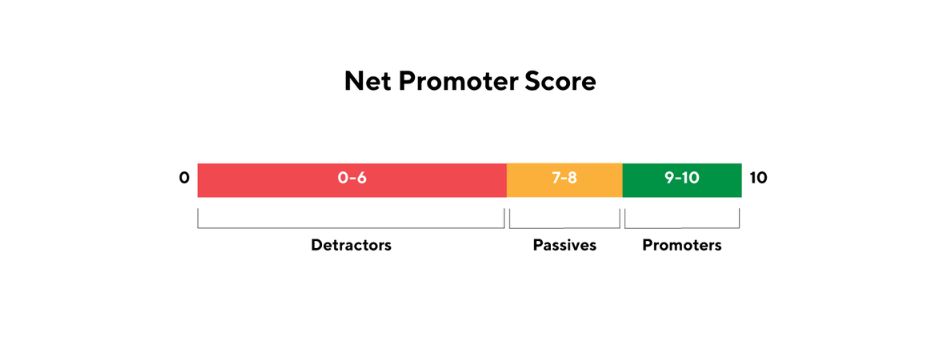
4) Customer Effort Score (CES)
A new customer satisfaction measurement called customer effort score will gain prominence among marketers and customers alike. The customer effort score will be based on how easily a customer can accomplish a given task related to their relationship with your company. For example, if a customer wants to close an account or make a complaint, how easy is it for them to do that? How intuitive are your forms and processes? If you use email marketing and if the customer receives too many irrelevant emails, what’s their unsubscribe process like? All of these things can be distilled into an overall customer effort score that helps guide marketing campaigns. The Customer Effort Score (CES) helps determine the ease of using your products or services.
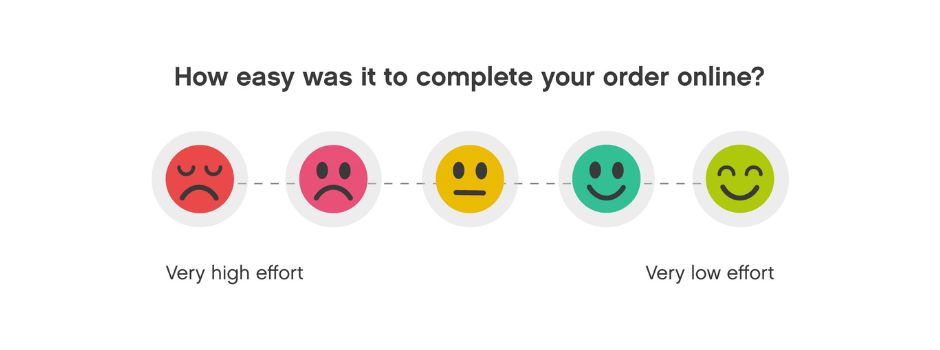
5) Customer Health Score (CHS)
A customer health score is a metric that assesses and tracks your customers’ satisfaction and loyalty levels. Today’s customers are more sensitive and vulnerable than ever. To ensure they aren’t exposed to anything that might offend them, companies have begun developing a Customer Health Score. This score will determine just how comfortable customers feel with your brand and is determined by measuring their level of satisfaction with different elements of your company. Many experts expect CHS scores to become an integral part of customer success within 3-5 years. Monitoring customer health scores will help you identify what can be improved upon across every touchpoint so you can retain them as lifelong brand advocates.
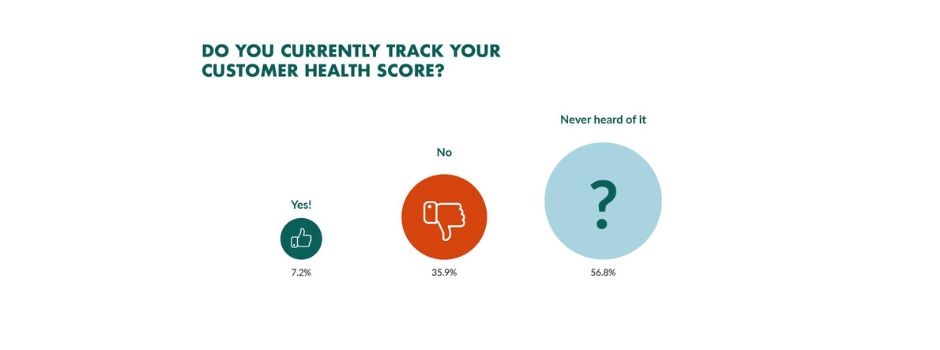
6) Customer Churn Rate (CCR)
The customer churn rate (CCR) is the percentage of customers lost by your company over time. It is critical to keep your current customers since it might cost up to seven times more to recruit new ones. Monitoring your CCR allows you to identify any patterns that may have an impact on your business and make effective efforts to reduce churn. Calculating the churn rate is straightforward; first, define your computation period, such as a year. Subtract your customer count at the end of the year from your customer count at the beginning of the year. CCR is calculated by dividing this figure by the number of consumers at the beginning of the year. Measuring CCR is not the end goal; once you have that information, you must seek more data that is accountable for it and determine what preventive steps may be taken to reduce it.
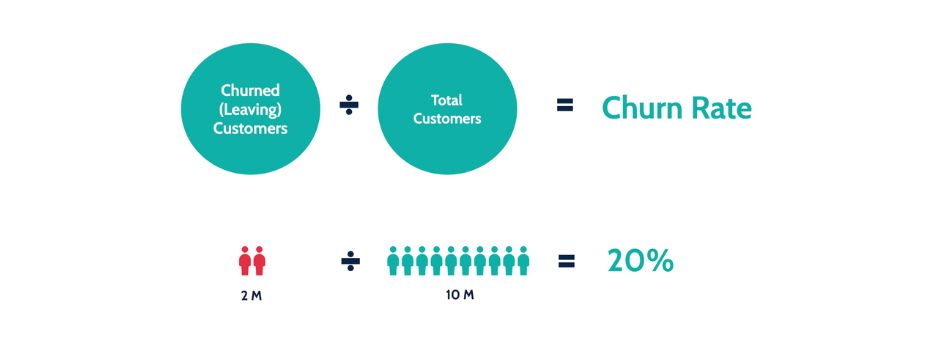
7) Customer Reviews
It’s important to be mindful of any feedback or reviews you may receive from portals, websites, or social media platforms. The significance of reviews cannot be understated. According to a recent survey, more than 90% of shoppers prefer product reviews over product descriptions. Just make sure that you track reviews across all relevant review sites like Yelp, TripAdvisor, Google and Facebook. Monitoring your average score is an excellent way to benchmark your overall performance; if you see it slip below 4.5 out of 5 stars over time, it may be time for a change or improvement initiative – before your reputation takes a hit! Consider investing in review management software that makes tracking reviews as easy as A-B-C!

Conclusion
It will be crucial to keep an eye on the right metrics for customer satisfaction to determine success. Conducting surveys is a good way to measure customer satisfaction. However, it is not that straightforward. Asking your customers, the right questions is the key to measuring it. Without the right questions, the responses may not show you the right data. Without the right data, you will not be able to identify areas of improvement to address them. So, use the above seven metrics to track the customer satisfaction in 2022.
Have you ever used any of these customer satisfaction metrics? Let me know in the comments!

